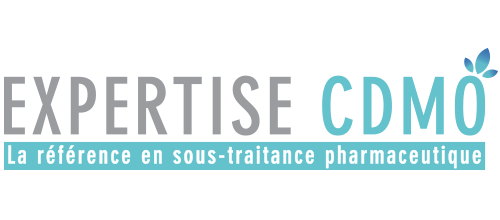The cosmetic formulation has no secret for you but its marketing is still unclear. This article will help you to understand. Indeed, to comply with the regulations and be able to put market cosmetics in Europe, you must develop a Product Information File (PIF). This document which gathers all the essential information guaranties the safety and the quality of your cosmetics. So follow the guide and get started in building your PIF!

In short I set up a PIF!
What does a PIF contain ?
This regulatory file groups together the key elements specific to a cosmetic product. It consists of 2 parts:
Product safety information
This part gathers all the necessary data for the safety evaluation:
- Description of the product: Name, intended use of the product, packaging (bottle, tube …)
- Qualitative-quantitative composition of the product (chemical name, INCI, CAS no, Function, supplier, concentration)
- Physico-chemical characteristics (dosing methods, product specifications)
- Stability data (<or> at 30 months, shelf-life after opening and corresponding symbols)
- Microbiological quality (challenge test, microbiological controls)
- Impurities, traces and information about the packaging material
- Exposure to the cosmetic product and substances
- Toxicological profile of substances (toxicity assessment, calculation of safety)
- Side effects and serious side effects
- Information on the cosmetic product (clinical tests to confirm no sensitizing or irritating potential)
Product safety assessment
This is an important notion that is written by a professional expert. It includes all the elements described in Part A to conclude on product safety. The expert commits himself on the absence of risk related to the use of the product by specifying the normal conditions of use. He may add, in certain cases, warnings and instructions for use on the label or package leaflet.
Who is responsible?
It is necessary to name a person responsible for marketing the cosmetic. This person may be the manufacturer, the importer in the event that the product is manufactured outside European Union, the distributor or a third person established in the European community.
The Responsible Person guarantee the compliance of the product and ensures that the product meets the regulatory requirements. He guarantees as well the safety of the product and manages cosmeto-vigilance. He is also the privileged contact in case of request for information from the Authorities. In short, the Responsible Person wears many hats, so choose the right one!
Notification
Finally, here is the last step, the notification to the European Commission. It is done via the CPNP portal (Cosmetics Products Notification Portal) before placing the product on the market. Several information is to be forwarded such as the name of the product, the formulation, the label, packaging picture, the name and the address of the Responsible Person… in short nothing really complicated. Know that one notification is sufficient to market the product in 31 countries in Europe.
Shelf Life
The PIF must be kept for 10 years after the last batch of manufactured product has been placed on the European market. It is recommended to keep it ad vitam aeternam to ensure product traceability.
Of course, this article is only a short, really short summary of EC Regulation No. 1223/2009. This 151-pages document is the Bible of cosmetics. If not, call a CDMO which will be happy to build it for you !
